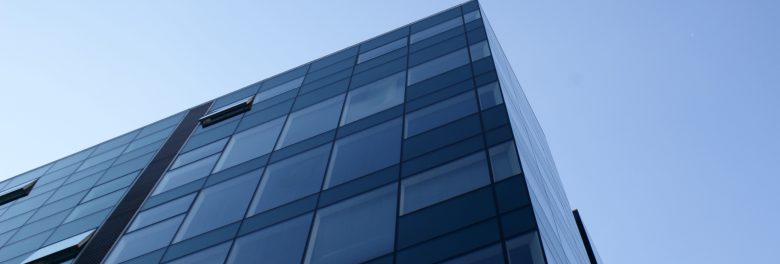
We have reviewed the embodied carbon emissions for 8 façade types for a standard, mid-rise development that would typically be constructed in London in order to highlight their embodied carbon impact. LETI guidance states that facades have a 13% impact on total emissions.
The table below presents the options we have tested. It is based on the upfront emissions related to manufacture and installation of facades (Modules A1-A5). Unitised systems were not included in this study as this study centred on different façade finishes with a similar build up beneath the façade. Typically, we find that they are significantly higher than the façade types tested below. However, they may offer a slight benefit in reducing onsite emissions.
Reducing carbon emissions of the façade can be done through:
- Reducing material use, such as with a brick slip systems.
- Selecting materials with a lower Global Warming Potential (GWP), such as terracotta.
- Selecting materials with a high recycled content.
- Selecting materials made with renewable energy.
- Carefully considering how materials can be managed at the end of their life, and prioritising materials with a long lifespan that can be reused in whole.
These alternative façade designs should be considered as early as possible due to the impact of the façade on planning permission. This will ensure that the carbon emissions of a development are reduced as far feasible.
Posted on September 27th, 2024
Author: Leah Bisson
Related services: Whole Life Cycle Carbon Assessments,
